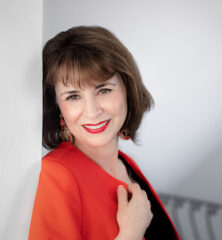
Interview by Fran Quittel
Arriving from Barcelona to study in the United States in 1992, WNBA-SF Board member and author Isidra Mencos talks about her recent memoir Promenade of Desire—A Barcelona Memoir (She Writes Press, October 2022), her expanding writing career, and how she uses her talent to both write and also strategically market her work.
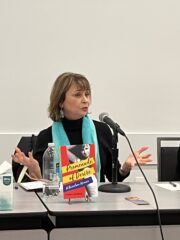 As we began your interview, Isidra, I asked you to read one of your favorite passages from your writing, and you selected a key moment in your memoir when you discover salsa music and dancing. You said this is really the re-opening of your body to sensuality after sexual trauma. I’d love to hear how a woman born near Barcelona in Franco’s Spain was able to write this open, self-revealing work and the journey that enabled you to do this?
As we began your interview, Isidra, I asked you to read one of your favorite passages from your writing, and you selected a key moment in your memoir when you discover salsa music and dancing. You said this is really the re-opening of your body to sensuality after sexual trauma. I’d love to hear how a woman born near Barcelona in Franco’s Spain was able to write this open, self-revealing work and the journey that enabled you to do this?
(IM): Yes, absolutely. I was born in Spain, in my grandfather’s house in Santa Margarita, a small Catalan town close to Barcelona, while my family was on vacation. I completed my Bachelor’s degree in Spain, where I studied Spanish and French Literature. Then, because I was dating a guy in the United States who discussed studying here, I applied to enter a Ph.D. program in Spanish and Latin American Literature at the University of California in Berkeley. I really didn’t even know what a Ph.D. program was and what it would entail. Initially I thought the PhD lasted only two years, as it did in Spain, and that I would return to Barcelona after I finished. However, the Ph.D. program at Berkeley took six years, and after I met the man who became my husband three years later, I got married and stayed in the U.S.
Did you become an academic after your studies at Berkeley?
(IM): Actually only for a short time. Since there really weren’t full-time positions in my major, I worked in two jobs for about eight years. I became a lecturer at UC Berkeley, and I also launched my business as an editor for Spanish speaking media. My big breakthrough came in 2006, when I decided to expand my work totally outside of academia and I found a job with a digital company called babycenter.com which was launching its website and digital products in Spanish. I was hired as the Executive Editor of Baby Center en Español, and then was promoted to Editorial Director of the Americas, managing the company’s teams in Latin America, including Brazil, Spain, and also in Canada. I stayed with babycenter.com for 10 years and then in 2016, I decided to focus more on creative writing. At the same time, I launched my own business as a writing coach, developmental editor and ghostwriter. I am also a certified interpreter.
Were you already writing creatively in English?
(IM): My trajectory was not exactly a straight line. Initially, I wrote in Spanish. I published a book of short stories in Spanish at the end of the 90’s and I also wrote an academic book published in Catalan which won an award in Barcelona, but I didn’t write consistently at that time.
However, in 2014, I started taking classes online in memoir writing offered by Stanford University, and I needed to present my work in English. This meant that although I always wrote in English, I only started writing creatively in English in 2015, after I was in the United States for 25 years.
Does writing in English work for you?
(IM): Yes, very well. Actually I think in English and I love writing in English—with occasional help from a Thesaurus! I love language and words, and being multi-lingual has several advantages. First of all, my memoir was about my sexual awakening: my journey from repressed Catholic girl to becoming a seductive and empowered salsa dancer as Spain transitioned from dictatorship to democracy. By writing in English, I could be more open about this awakening and feel “freer” because my family doesn’t read English. Although eventually the book will come out in Spanish, this gave me a soft landing with fewer things to worry about. Also, Spanish is 20% longer than English, more florid with longer grammar structures. When I am writing in English, I feel I have a more precise voice, a more direct voice.
So, did you go directly from babycenter.com in Spanish to Promenade of Desire in English?
(IM): Yes. The book of short stories in Spanish that I published many years ago came out when I knew nothing about the literary world. It was published in a tiny edition by two women I met at a writers’ conference who had just launched a publishing house in Texas. They really had no distribution, and I had no idea about marketing. While I did a successful event to launch the book, I mostly just gave those books away. I wasn’t serious about launching myself as a writer and after that, I didn’t write creatively for many years. 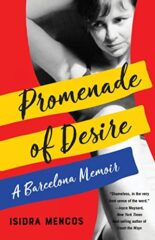
However, it was my dream to be a committed writer, which I decided to do in 2016 when I gave up what was a very plush corporate job with a lot of prestige for my love of writing.
How did you support yourself?
(IM): I was actually the main breadwinner in my family for a long time and I had to organize my finances and support my family at the same time I was reaching out to live my dream. When I made this switch, my husband – who is now a DJ working gigs- worked in a non-profit and then there was a recession in 2008 and he was only working part-time. However, I had saved money and had vested stock options which could help me during the first three years after leaving my job. Additionally, I had the support of my family. I knew that my husband and my son, who was not even a teenager then, would support me by tightening their belts. I also worked part-time and used my saved income, and my family said we could live a modest life and we would survive.
How much writing have you done since 2016?
(IM): Since 2016, I’ve only had the one book, Promenade of Desire. I’m working on my next book now. But I’ve also had personal essays published in literary and general magazines, like Wired or The Chicago Quarterly Review. One of my essays, “My Books and I,” was listed as Notable in 2019 in the Best American Essays Anthology.
You are also a very strong in marketing what you write. Can you share any tips with us?
(IM): While I love the creativity of writing, I also love reaching my readers, and I pay a lot of attention to my website and social media. When I started, I had a pretty well developed experience in digital marketing because I had been managing the online content in my corporate job, so that was a big help. But I am constantly educating myself, and I found the marketing webinars that She Writes Press offered quite useful. I also took mastermind courses and workshops on how to create an author’s website, start a newsletter, and so on. When I started working with my web designer, I understood how to choose what to show and what to communicate in an author’s website. My designer chose a theme, and I gave him the content. I change the website’s content as often as needed. Right now I am changing the events page to “Keynotes and Talks”, for example. Additionally, I belong to several writers groups and I am always learning from other writers.
What do you emphasize in your marketing?
(IM): My website gives a well-rounded picture of who I am as an author and it has three main areas: my book, public speaking, and my business.
When I launched the website, I wanted people to subscribe to my newsletter because, I didn’t have the book yet. Now I want to sell the book, so it is the first thing I have on my website so people can read reviews and they can make their purchase.
Then we have “Events” or rather now “Keynotes and Talks.” I love public speaking, teaching and connecting with people. These are indirect marketing methods that I use where I offer information that is enlightening, inspiring and entertaining, instead of talking about my book. Currently I am teaching the history of Spain and its transition from dictatorship to democracy at OLLI (Osher Lifelong Learning Institute) in several universities. It’s a topic that not many people can teach well. It relates to the historical context of my memoir and helps sell my book indirectly by bringing value and information to my audience. I also speak at conferences on the craft of writing and about inspirational topics for women.
For example, “How to choose a great title for your book” and “Truth in memoir” are not about my book directly but they touch topics related to my book so people often feel they want to know what else I have to offer and check my book out. I also do the public speaking events, both paid and unpaid, because they help me reach increasingly bigger audiences.
The third part of my website is the “Work with me” tab where people can see what I offer as a writing coach, development editor and ghostwriter.
How does the WNBA-SF Chapter fit into your activities?
(IM): I served on the Board for our chapter and I love the literary community that connects me with other writers. I love our high caliber events that enable writers to learn how to pitch their work and our various literary readings. This year we had a new book release party featuring ten WNBA member books which was fantastic. I also help moderate panels and suggest topics. For Pitch-O-Rama 2023, I am the head of the marketing committee.
Any final advice?
(IM): Of course! Check out my book!
This interview was conducted by fellow WNBA-SF Board Member Fran Quittel, ComputerWorld’s (now retired) career columnist and business author. Fran is also the author of The Central Park Lost Mitten Party which celebrates the magical powers of lost objects inside New York City’s iconic Central Park.

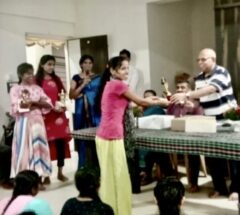
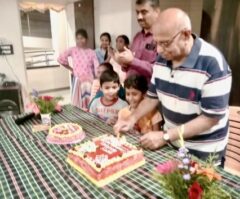 Held in honor of her mother, Sunanda Rao – artist, writer and poet – the prompt was a simple and relatable one: Mother. The result was an enthusiastic outpouring of emotive pieces of work. Aided by their sighted peers, the visually-impaired students wrote their poems and sent them to be judged. Poems were all written in Kannada — the State language.
Held in honor of her mother, Sunanda Rao – artist, writer and poet – the prompt was a simple and relatable one: Mother. The result was an enthusiastic outpouring of emotive pieces of work. Aided by their sighted peers, the visually-impaired students wrote their poems and sent them to be judged. Poems were all written in Kannada — the State language. 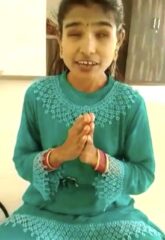 One video that was especially moving was a song in honor of Miera’s mother, sung by first-place winner, Latha, poet with permanent vision loss. Gifted with a divine voice that carried high notes effortlessly, this gracious gesture got eyes wet.
One video that was especially moving was a song in honor of Miera’s mother, sung by first-place winner, Latha, poet with permanent vision loss. Gifted with a divine voice that carried high notes effortlessly, this gracious gesture got eyes wet. 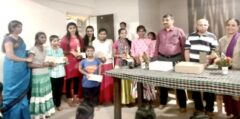
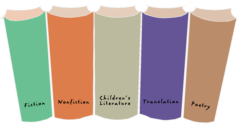


 The best way to stay on top of networking is to set networking goals. You can’t reach your goals on your own. You need your community of resources, champions, and connections. As everyone has their own circle, your community grows every time you grow your community.
The best way to stay on top of networking is to set networking goals. You can’t reach your goals on your own. You need your community of resources, champions, and connections. As everyone has their own circle, your community grows every time you grow your community.
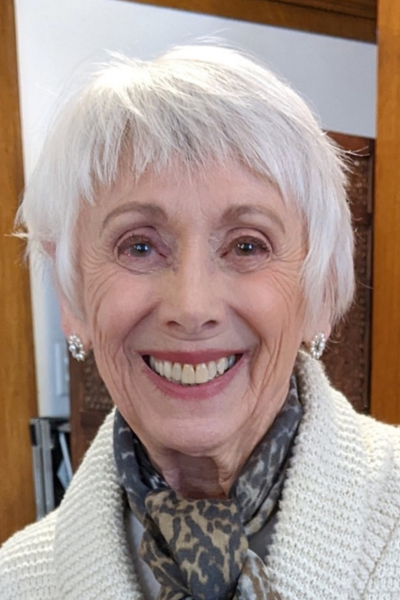 Kate Farrell, storyteller, author, and librarian, founded the Word Weaving Storytelling Project and published numerous educational materials on storytelling. She has contributed to and edited award-winning anthologies of personal narrative, Times They Were A-Changing: Women Remember the 60s & 70s and Cry of the Nightbird: Writers Against Domestic Violence. Farrell’s award-winning new book, StoryPower: Secrets to Creating, Crafting, and Telling Memorable Stories, is a timely, how-to guide on the art of storytelling for adults. Kate offers workshops for libraries and writing groups, as well as performing as a storyteller.
Kate Farrell, storyteller, author, and librarian, founded the Word Weaving Storytelling Project and published numerous educational materials on storytelling. She has contributed to and edited award-winning anthologies of personal narrative, Times They Were A-Changing: Women Remember the 60s & 70s and Cry of the Nightbird: Writers Against Domestic Violence. Farrell’s award-winning new book, StoryPower: Secrets to Creating, Crafting, and Telling Memorable Stories, is a timely, how-to guide on the art of storytelling for adults. Kate offers workshops for libraries and writing groups, as well as performing as a storyteller.  Thursday, September 28th, 12 P.M. PDT- A FREE Virtual Event
Thursday, September 28th, 12 P.M. PDT- A FREE Virtual Event Goal strategist, Debra Eckerling, is on a mission to change goal culture in and out of the workplace. A speaker, corporate consultant, and workshop leader, she is the award-winning author of Your Goal Guide and founder of the D*E*B METHOD® for goal-setting simplified. Debra has spoken on stages for TEDx, Innovation Women, SCORE LA, and more, and is host of #GoalChatLive aka The DEB Show and the Taste Buds with Deb podcast.
Goal strategist, Debra Eckerling, is on a mission to change goal culture in and out of the workplace. A speaker, corporate consultant, and workshop leader, she is the award-winning author of Your Goal Guide and founder of the D*E*B METHOD® for goal-setting simplified. Debra has spoken on stages for TEDx, Innovation Women, SCORE LA, and more, and is host of #GoalChatLive aka The DEB Show and the Taste Buds with Deb podcast.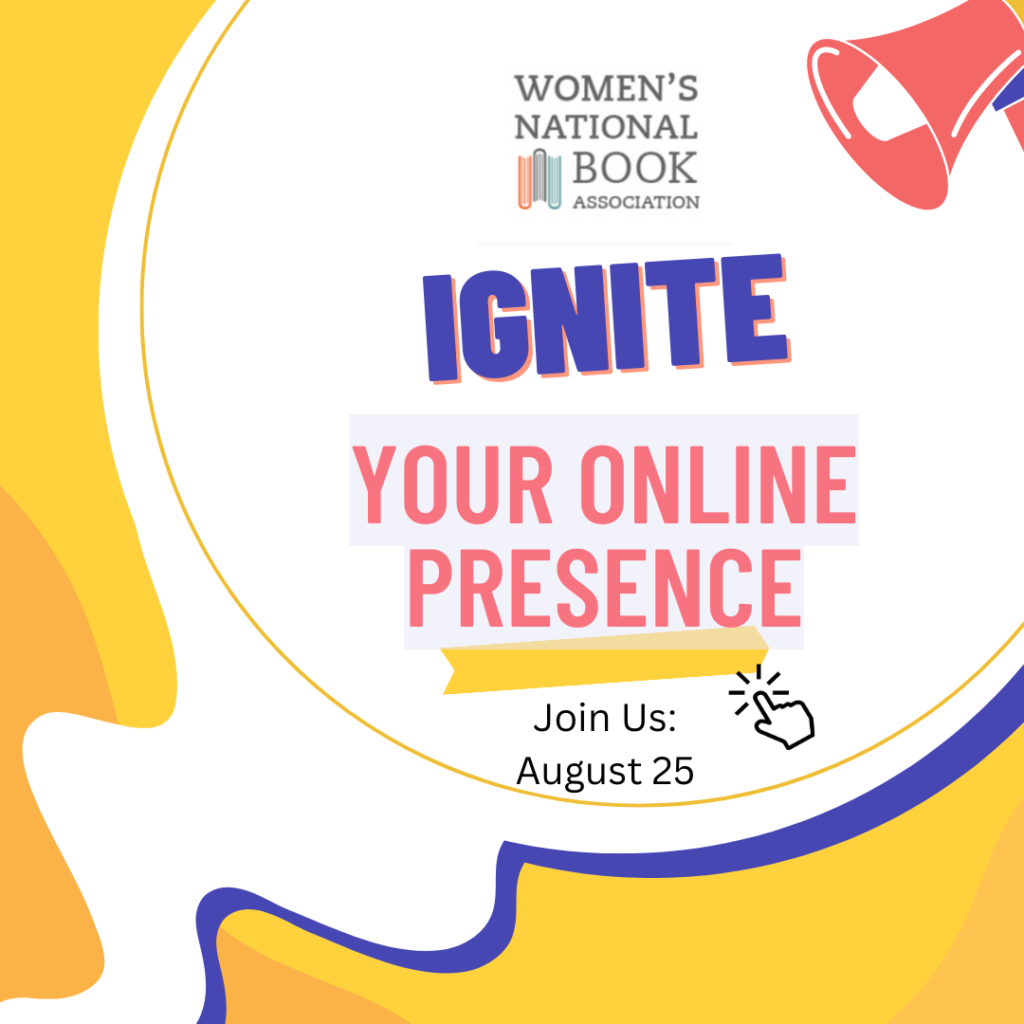 Friday, August 25th, 12 P.M. PDT- A FREE Virtual Event
Friday, August 25th, 12 P.M. PDT- A FREE Virtual Event Christina Vo is a writer based in Santa Fe, New Mexico, where she continues to write and explore the interplay of culture, identity, and personal history. Her work reflects her commitment to understanding and sharing the complexities of the human experience. Christina’s debut memoir, The Veil Between Two Worlds: A Memoir of Silence, Loss, and Finding Home, demonstrates her ability to weave personal experiences into broader narratives about identity, home, and belonging. Her second book, My Vietnam, Your Vietnam, an intergenerational memoir co-written with her father, will be published in May 2024. Christina attempts to carve out time to focus on her personal writing, while spending her days working as a donor relations writer for Stanford University. She has worked internationally for UNICEF in Vietnam, the World Economic Forum in Switzerland, as well served as a consultant for nonprofits. Christina holds an MSc in social and public communication from the London School of Economics.
Christina Vo is a writer based in Santa Fe, New Mexico, where she continues to write and explore the interplay of culture, identity, and personal history. Her work reflects her commitment to understanding and sharing the complexities of the human experience. Christina’s debut memoir, The Veil Between Two Worlds: A Memoir of Silence, Loss, and Finding Home, demonstrates her ability to weave personal experiences into broader narratives about identity, home, and belonging. Her second book, My Vietnam, Your Vietnam, an intergenerational memoir co-written with her father, will be published in May 2024. Christina attempts to carve out time to focus on her personal writing, while spending her days working as a donor relations writer for Stanford University. She has worked internationally for UNICEF in Vietnam, the World Economic Forum in Switzerland, as well served as a consultant for nonprofits. Christina holds an MSc in social and public communication from the London School of Economics. is the author of Promenade of Desire—A Barcelona Memoir. She holds a PhD in Spanish and Latin American Contemporary Literature from the University of California, Berkeley, where she taught Spanish language, literature, and creative writing. Her essays and articles have been published in Diálogo, WIRED, Chicago Quarterly Review, Front Porch Journal, The Penmen Review, and Stirring Literary Journal, among others. Her essay, “My Books and I,” was listed as Notable in The Best American Essays 2019. Originally from Spain, Isidra lives in the San Francisco Bay Area.
is the author of Promenade of Desire—A Barcelona Memoir. She holds a PhD in Spanish and Latin American Contemporary Literature from the University of California, Berkeley, where she taught Spanish language, literature, and creative writing. Her essays and articles have been published in Diálogo, WIRED, Chicago Quarterly Review, Front Porch Journal, The Penmen Review, and Stirring Literary Journal, among others. Her essay, “My Books and I,” was listed as Notable in The Best American Essays 2019. Originally from Spain, Isidra lives in the San Francisco Bay Area.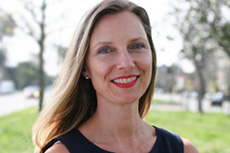 Hannah Onstad is the founder of H2O content strategy which aims to provide engaging digital experiences. She has over 15 years of experience working with developing teams in education technology and trade book publishing. She uses her acute storytelling ability to help her clients in communicating their ideas through visual components.
Hannah Onstad is the founder of H2O content strategy which aims to provide engaging digital experiences. She has over 15 years of experience working with developing teams in education technology and trade book publishing. She uses her acute storytelling ability to help her clients in communicating their ideas through visual components.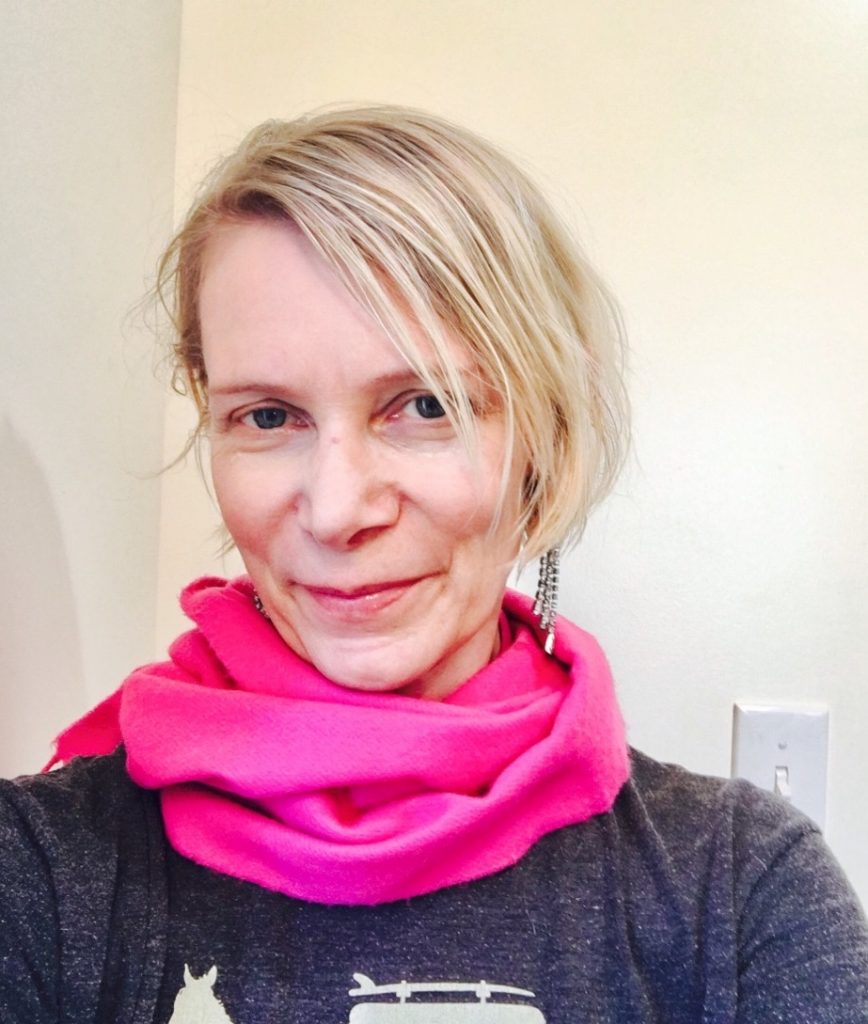 Elise Marie Collins is the current WNBA-SF Chapter President and has played major roles in the overall direction and strategy development of the chapter, leading teams to accomplish successful Pitch-O-Ramas, membership mixers, and educational literary presentations.
Elise Marie Collins is the current WNBA-SF Chapter President and has played major roles in the overall direction and strategy development of the chapter, leading teams to accomplish successful Pitch-O-Ramas, membership mixers, and educational literary presentations. 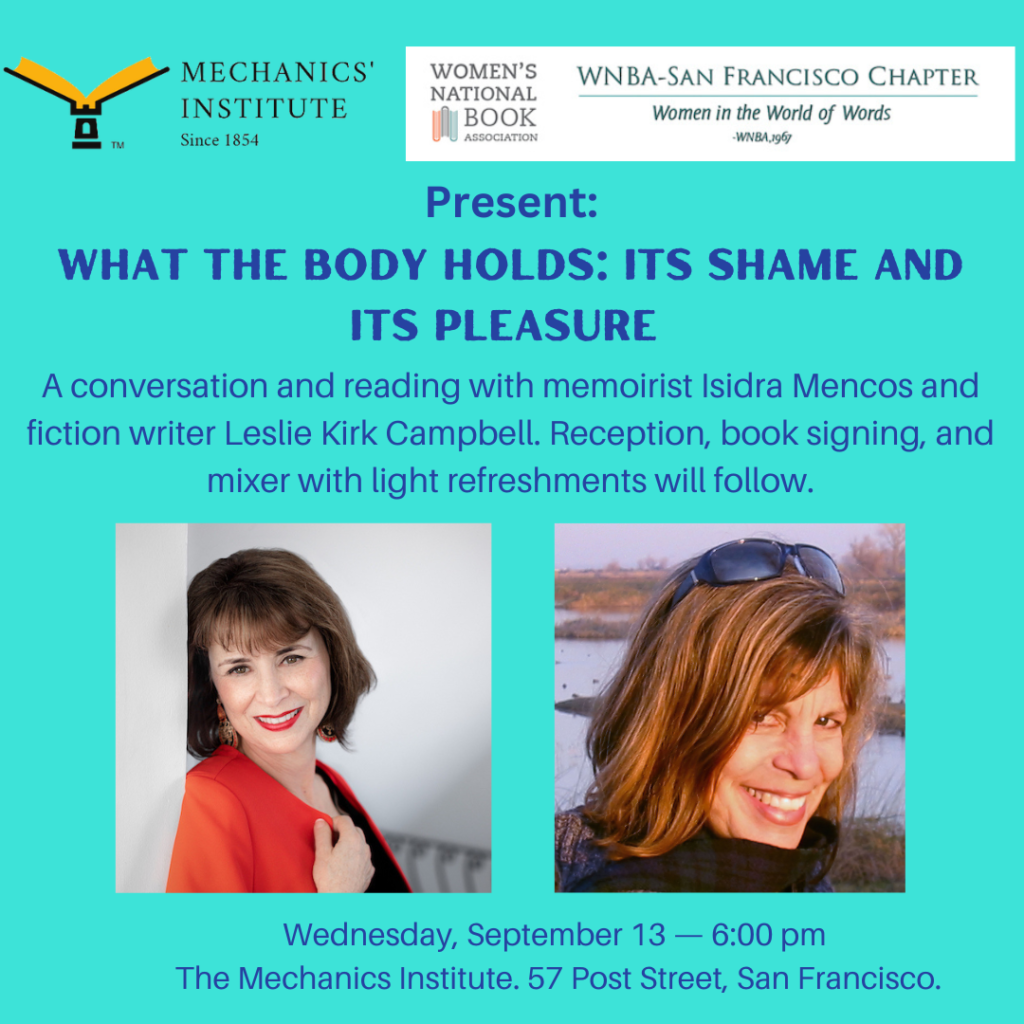
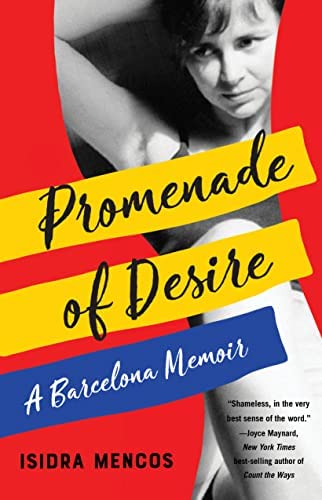 Mencos‘s memoir,
Mencos‘s memoir, 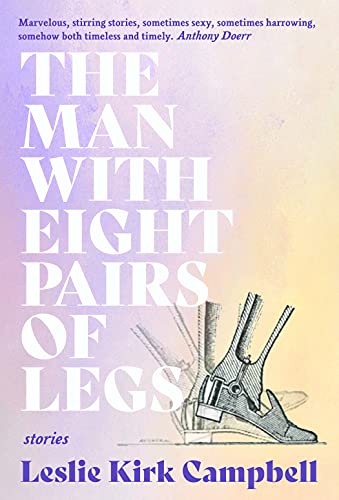 Leslie Kirk Campbell‘s short story collection,
Leslie Kirk Campbell‘s short story collection, 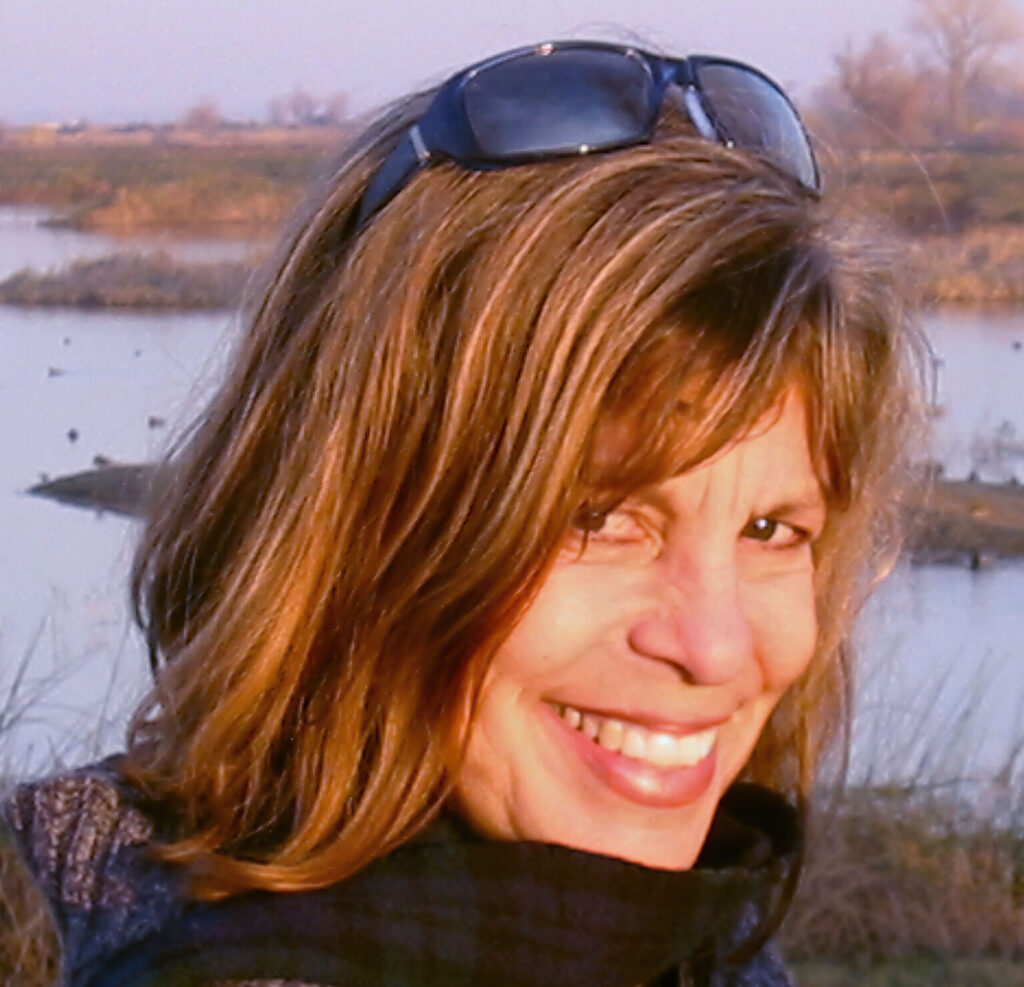
 Thursday, August 31, 12 P.M. PDT- A FREE Virtual Event
Thursday, August 31, 12 P.M. PDT- A FREE Virtual Event 